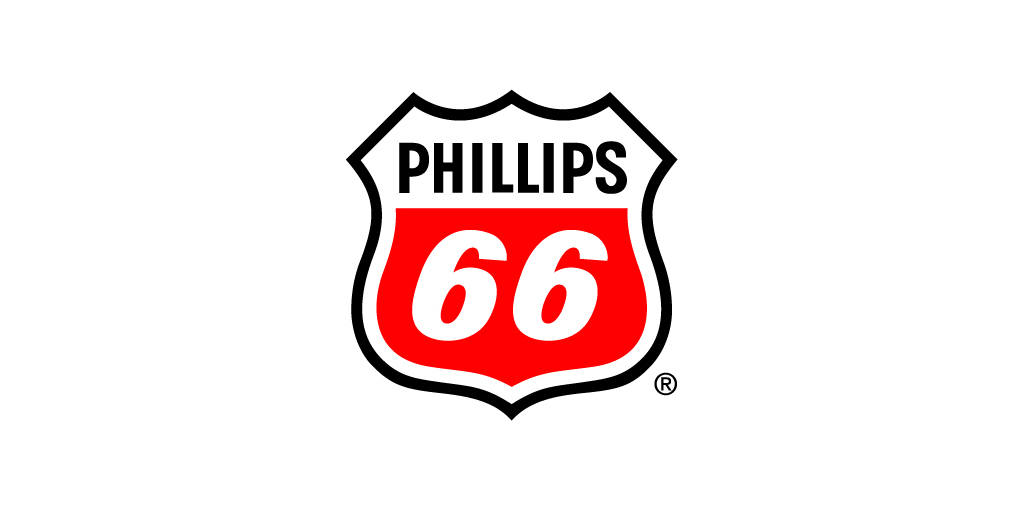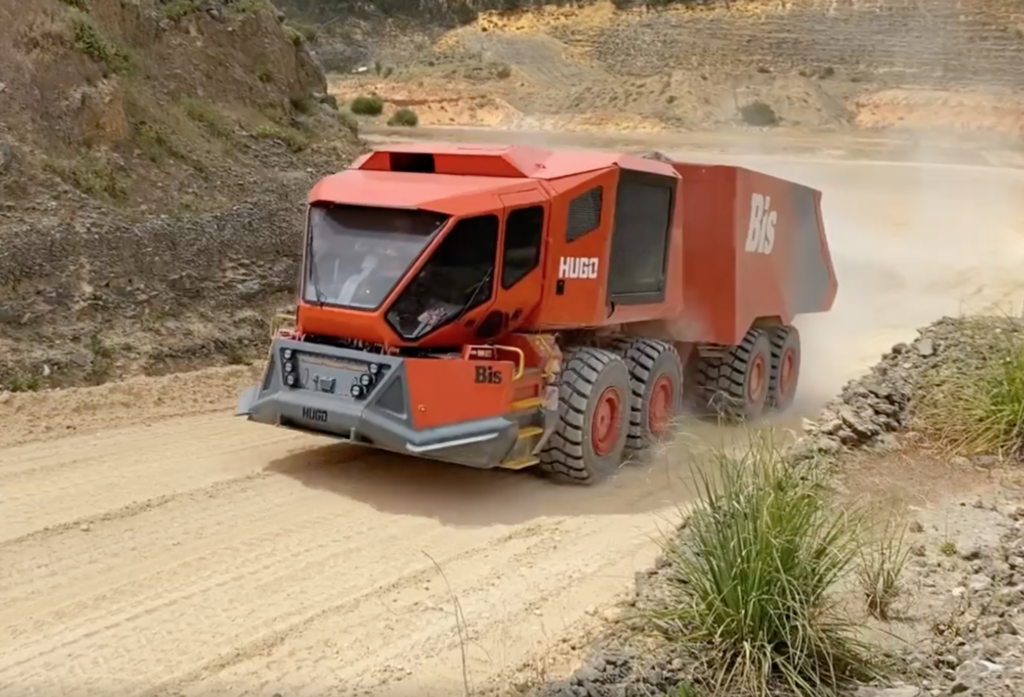Sign up for daily news updates from CleanTechnica on email. Or follow us on Google News!
Sometimes, it just doesn’t feel like you’ve got enough screen real estate. This is very common for smartphones, but the convenience of having them on hand everywhere generally makes up for this. Even then, phones are getting bigger and bigger, and some even fold out to give you tablet-like space to work and play. At home or at the office, many people have rows of displays, or one big display and several smaller ones. For the ultimate, nearly unlimited workspace, some people even work in a VR environment, goggles and all, to have a huge space for work. But these VR workspaces are kind of tough to share with coworkers and teams.
The designers at Lucid ran into this problem and worked with Samsung for a creative way around the issue, but with a lot more quality than you can get with most VR systems. The companies joined forces to install “The Wall” at their design studio, aiming to enhance the collaborative design process for their upcoming electric vehicle models. With state-of-the-art MicroLED technology, The Wall delivers exceptional visual capabilities, equipping Lucid with additional tools to meet the growing demand for sustainable electric vehicles. Moreover, it elevates the luxury experience for drivers, adding a touch of sophistication to their journey.
“At Lucid, we’re on a mission to inspire the adoption of sustainable energy with a focus on the human experience. With The Wall, we’re able to take this mission to new heights,” said Jenny Ha, Exterior Design Manager at Lucid Motors. “While designing the Lucid Air Sapphire, from concept sketches all the way to final adjustments, Samsung enabled us to visualize the future of our vehicles in high resolution at all stages of development. No detail was left unnoticed, and we’re thrilled for our customers to experience the results of the new design process.”
Leveraging state-of-the-art MicroLED technology, the 255-inch display empowers Lucid’s designers to examine and evaluate their creations with true-to-life colors and a 1:1 scale. The true-life color not only delivers a realistic representation of the design, but also accurately captures the interplay of light on intricate 3D surfaces.
This authentic image rendition fosters enhanced collaboration between engineering and design teams, resulting in streamlined decision-making processes that save valuable time and resources for the company.
“The Wall has revolutionized the way our design and engineering teams work together,” added Ha. “With this technology, we can effortlessly visualize design data that incorporates engineering feedback and simulation results, allowing us to promptly assess the effects of any alteration on the overall design. In other words, development teams now operate more efficiently, and drivers can enjoy enhanced luxury aesthetics without compromising superior vehicle performance. It can be a tricky sweet spot to balance, but The Wall helps us pinpoint it seamlessly.”
The flexible and compact design of The Wall also helps conserve valuable studio floor space at Lucid’s headquarters. This enables multidisciplinary teams to utilize the area for collaborative design workshops, meticulously refining every aspect of the vehicles to ensure they deliver the exceptional quality that Lucid aims to deliver.
Samsung’s The Wall Virtual Production was revealed in June at InfoComm 2023, held in Orlando, Florida.
“Virtual production studios can use ultra-large LED walls to create virtual content, integrating them with real-time visual effects technology to reduce the time and cost of content production,” said David Phelps, Vice President Display, Samsung Electronics America, at the unveiling. “The Wall for Virtual Production leads the market in the application of this technology.”
The Wall for Virtual Production LED display offers two pixel pitch options: P1.68 and P2.1. It supports dedicated studio frame rates (23.976, 29.97, and 59.94Hz) and gen-locking to synchronize with a camera’s video signal. With a high refresh rate of up to 12,288Hz, maximum brightness of 1,500, fixed contrast ratio of 35,000:1 (for P2.1), and wide viewing angle of up to 170 degrees, it delivers exceptional picture quality for virtual content.
The Wall for Virtual Production is built on modular technology, providing flexible installation options including flat screen or up to 6,000R curvature to suit different production environments and needs. It can be hung or stacked with other screens and is designed to withstand dust and particles commonly found in production environments.
The integrated Virtual Production Management (VPM) solution simplifies screen management and ensures high-quality pictures through an intuitive interface. To accurately and consistently display high-quality colors, The Wall for Virtual Production utilizes 3D lookup tables (LUTs) for color correction, wide color HDR gamut change, and color adjustment between individual cabinets or modules. Additionally, the VPM has the ability to detect LED issues for easier troubleshooting.
The technology has also been used for Hollywood productions. Samsung has partnered with Lux Machina, a leading expert in Virtual Production and modern ICVFX (In-Camera Visual Effects), to present The Wall for Virtual Production applications. Lux Machina has successfully deployed similar technologies in acclaimed television series such as The Mandalorian and House of the Dragon, as well as prominent broadcast events like the League of Legends World Championship, NFL Honors, and The ACM Awards.
“The Wall has been designed for Virtual Production,” says Zach Alexander, President of Lux Machina. “With a high refresh rate, true color representation, and a wide viewing angle, we believe that display technologies like this could help usher in the next generation of visual effects, making it that much easier for studios to deliver high quality Virtual Production projects.”
Fast & Accurate
Automotive design has come a long way over the years. It used to be that everything started out with clay blocks, wooden mockups, and other physical shapes to see what something looks like in the real world before sinking more time and money into it. Later, computers helped automate and speed up some of the design and engineering math. Now, large parts of the design, including getting a peek at the design in 3D, happens in computers.
Being able to do this more quickly and more accurately not only brings products to market faster, but helps reduce redundant and wasted effort that virtual production can help a team avoid.
“The Wall installation in the Lucid Motors design studio is another great example of how Samsung innovations are helping our partners and customers unlock their own exciting innovations to drive their business in exciting new ways,” said James Fishler, Senior Vice President of the Home Entertainment & Display Divisions at Samsung Electronics America. “Supporting Lucid in its mission to deliver sustainable luxury vehicles — and the stunning design of the new Lucid Sapphire made possible with our 255-inch class high resolution display — has been both inspiring and rewarding.”
I’ve reached out to Lucid to see if we can get a look at their display in action, and we’ll share more information on this if they’re willing to have us over!
Featured image provided by Lucid.
Have a tip for CleanTechnica? Want to advertise? Want to suggest a guest for our CleanTech Talk podcast? Contact us here.
EV Obsession Daily!
I don’t like paywalls. You don’t like paywalls. Who likes paywalls? Here at CleanTechnica, we implemented a limited paywall for a while, but it always felt wrong — and it was always tough to decide what we should put behind there. In theory, your most exclusive and best content goes behind a paywall. But then fewer people read it!! So, we’ve decided to completely nix paywalls here at CleanTechnica. But…
Thank you!
Tesla Sales in 2023, 2024, and 2030
CleanTechnica uses affiliate links. See our policy here.




